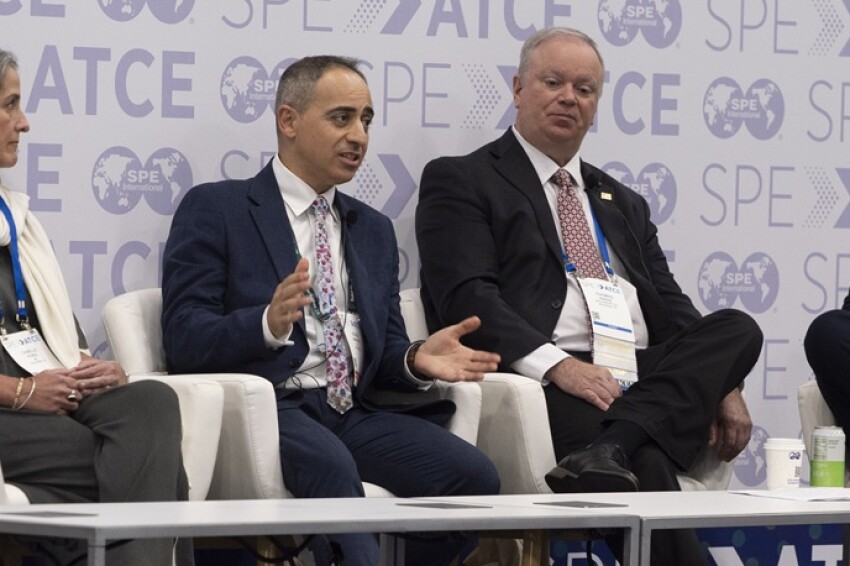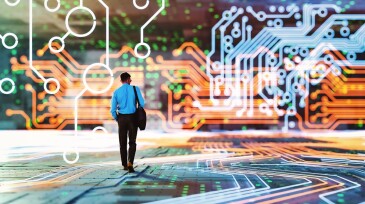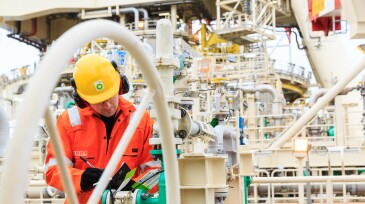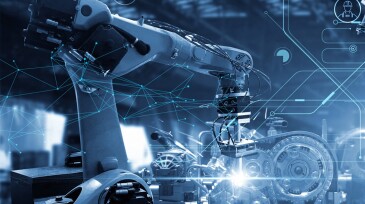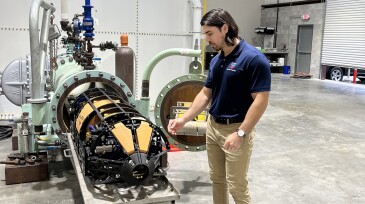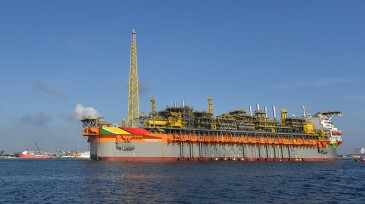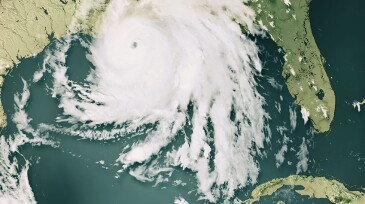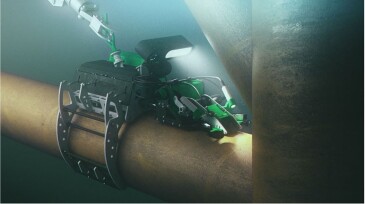Safety
A resilience-based approach to safety was the focus of a panel of experts at the 2025 SPE Annual Technical Conference and Exhibition in Houston.
This paper focuses on developing a model that can be used in an automated, end-to-end flare-smoke detection, alert, and distribution-control solution that leverages existing flare closed-circuit television cameras at manufacturing facilities.
This paper presents a physics-informed machine learning method that enhances the accuracy of pressure transient analysis, predicting reservoir properties to enhance waste slurry injection and waste disposal.
-
Wearable technology aims to take advantage of hands-free functionality to allow workers to perform their duties while maintaining communication remotely with the control room.
-
In this exclusive Q&A, Giovanni Cristofoli, senior vice president of bp Solutions, shares insights into how his team is redefining operational strategies and fostering agility to bridge competitive gaps and enhance efficiency. Highlights include the integration of digital tools, data science, and a unified approach to tackling complex problems.
-
As Hurricane Francine bore down on the central Louisiana coast, production in the Gulf of Mexico took a hit.
-
The main objective of this paper is to provide a solution that eliminates the risks of working in confined spaces and aids in preventive maintenance.
-
The traditional method of inspecting tanks puts workers in danger. Using robots instead can keep workers out of harm’s way.
-
Since the late 1930s, the offshore industry has advanced from the first platform in 14 ft of water to the ultradeepwater 20K era. Driven by seismic, drilling, and development breakthroughs, the industry has pushed into deeper waters, high-pressure reservoirs, and new frontiers like Guyana, continually expanding the limits of offshore exploration.
-
Hurricane prognosticators continue to believe the 2024 Atlantic storm season will be more active than normal, even after a somewhat slow start. In any case, the oil field is ready.
-
This paper presents an automated underwater robot and a nondestructive testing eddy-current probe for alternating-current field measurement analysis of jacket main welds.
-
The updated rules are designed to increase safety during operations in the US Outer Continental Shelf, including in high-pressure/high-temperature environments in the Gulf of Mexico.
-
This paper explores the use of human-factors analysis and classification systems in comprehending hand and finger injuries in the oil and gas industry.

